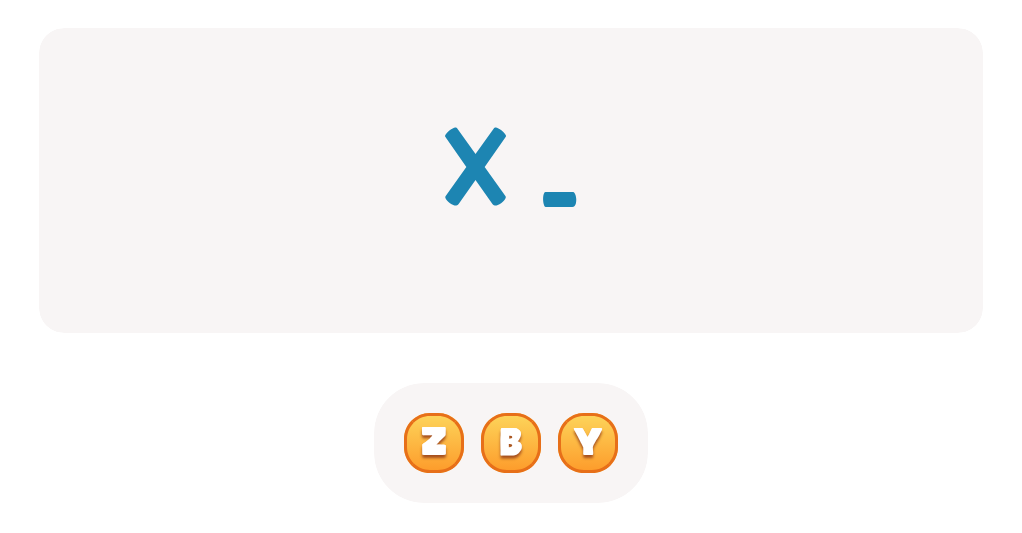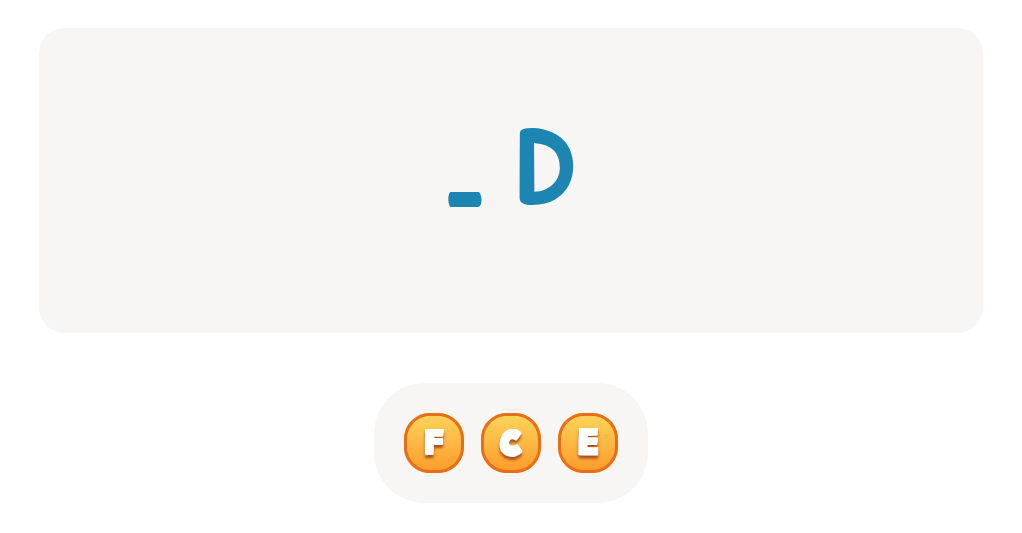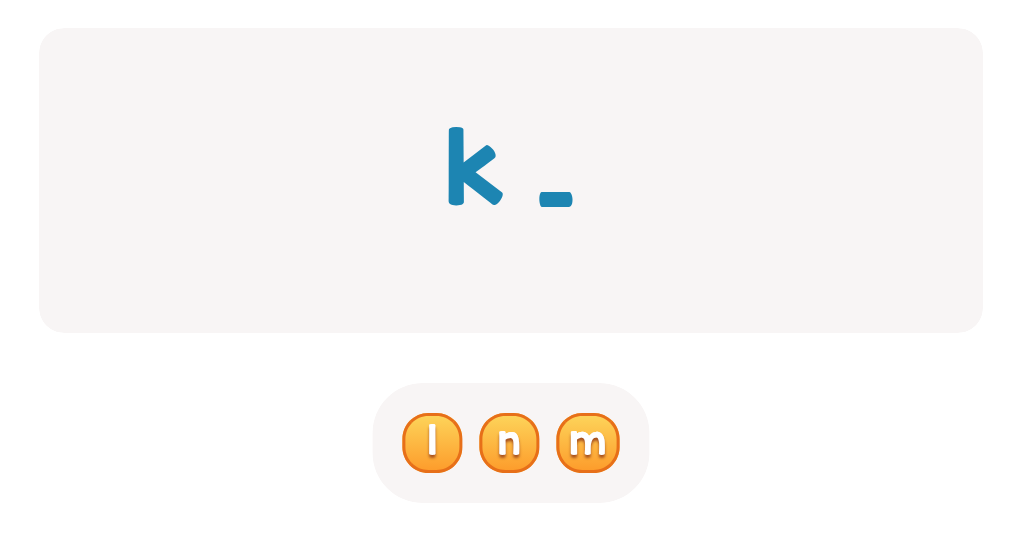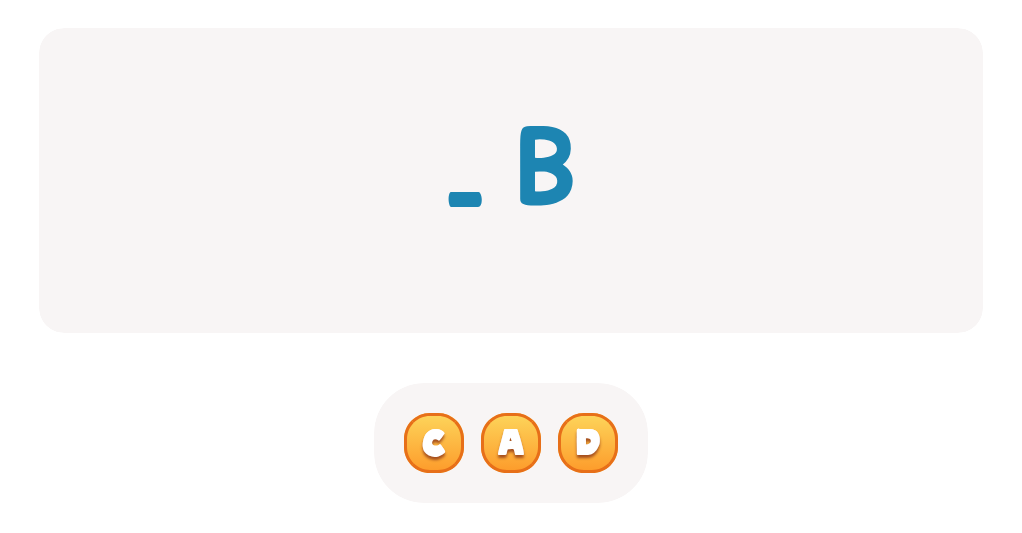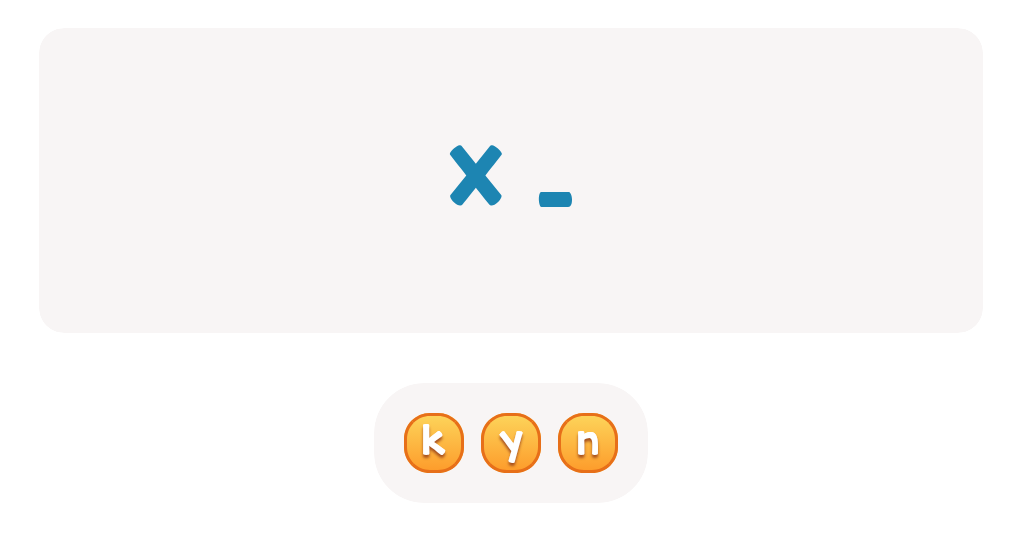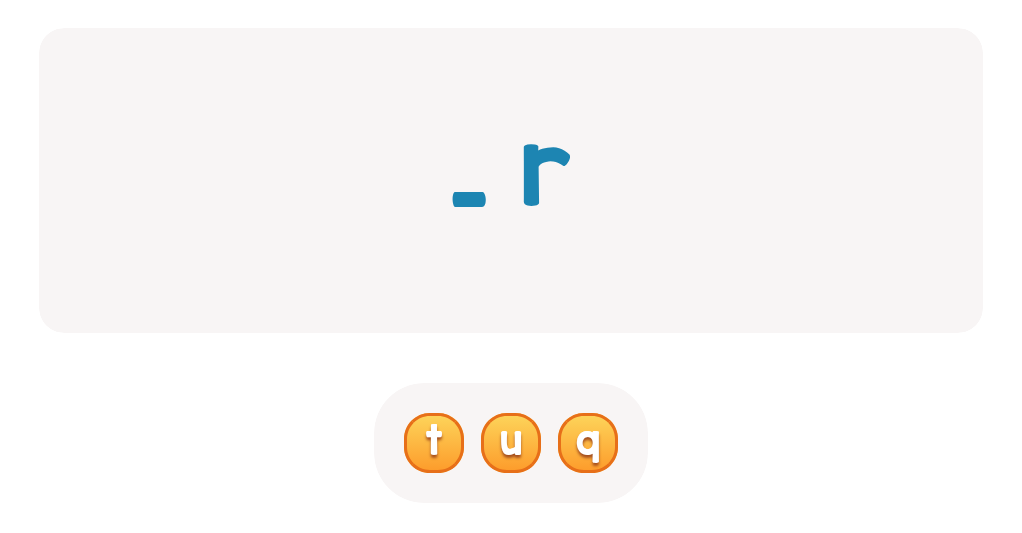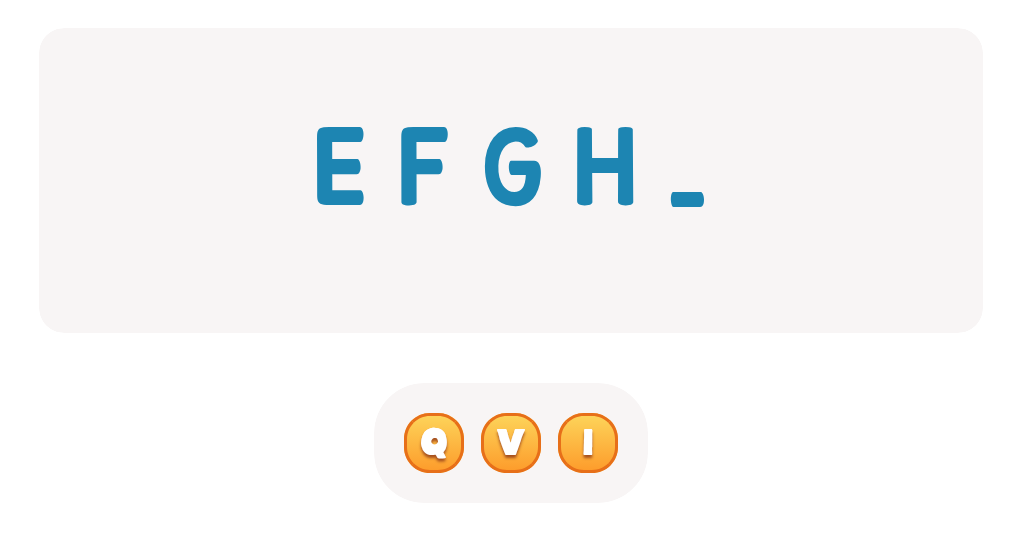Upper & Lowercase Letters Worksheets for Ages 3-8
50 filtered results
-
From - To
Boost your child's literacy skills with our Upper & Lowercase Letters Worksheets designed for children ages 3-8. These engaging, easy-to-use worksheets help young learners distinguish between uppercase and lowercase letters, enhancing their reading and writing proficiency. With a variety of fun activities, such as tracing, matching, and coloring, kids will enjoy learning the alphabet while improving hand-eye coordination and fine motor skills. Perfect for both classroom and at-home practice, our worksheets support early literacy development in a playful, educational setting. Visit us today and transform alphabet learning into a delightful adventure for your child!
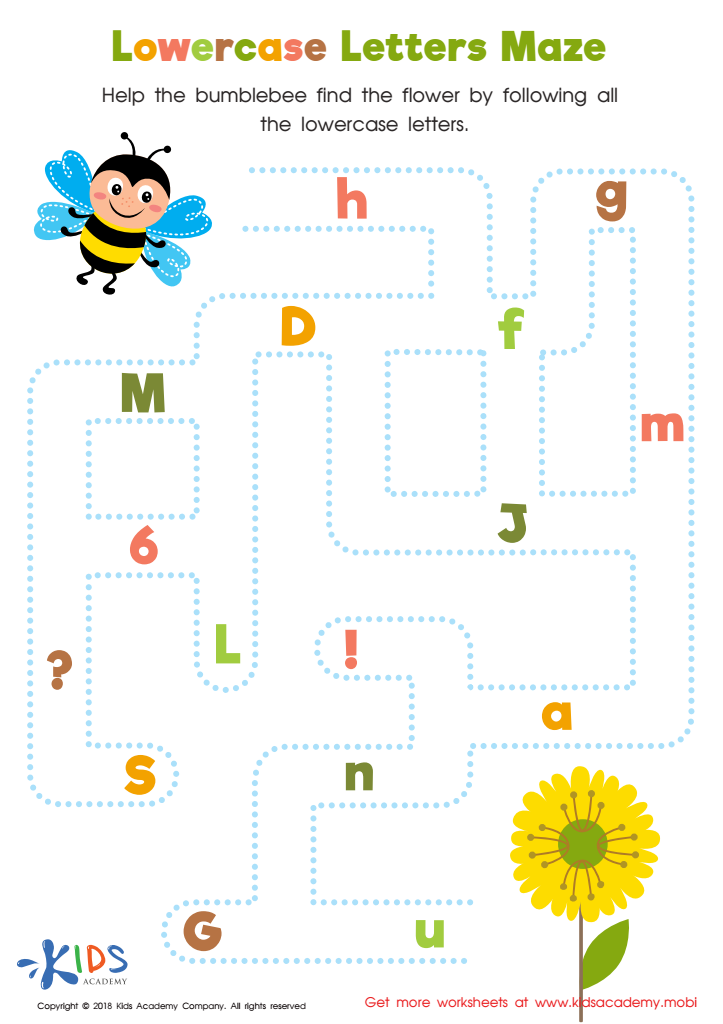

Lowercase Letters Maze Worksheet
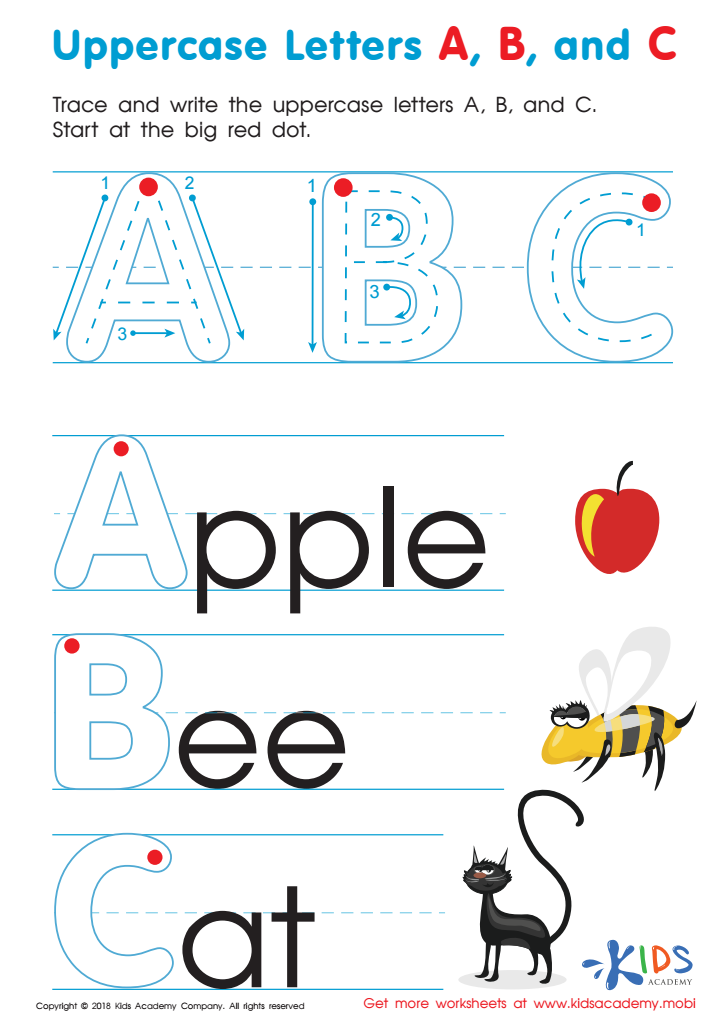

Uppercase Letters A, B, and C Worksheet
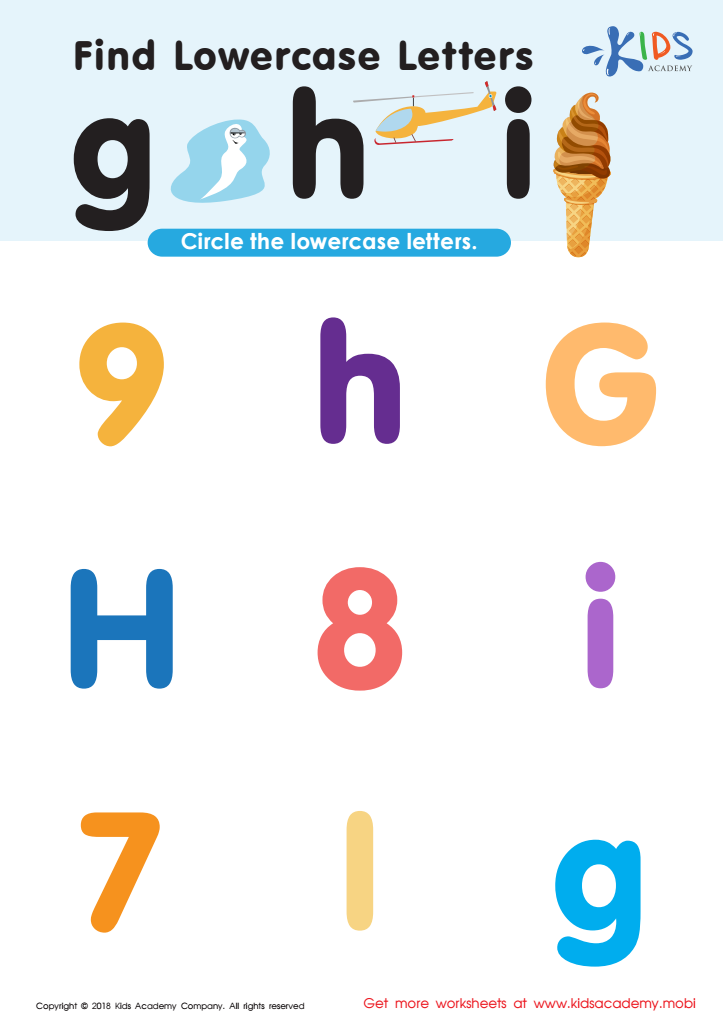

Find Lowercase Letters g h i Worksheet
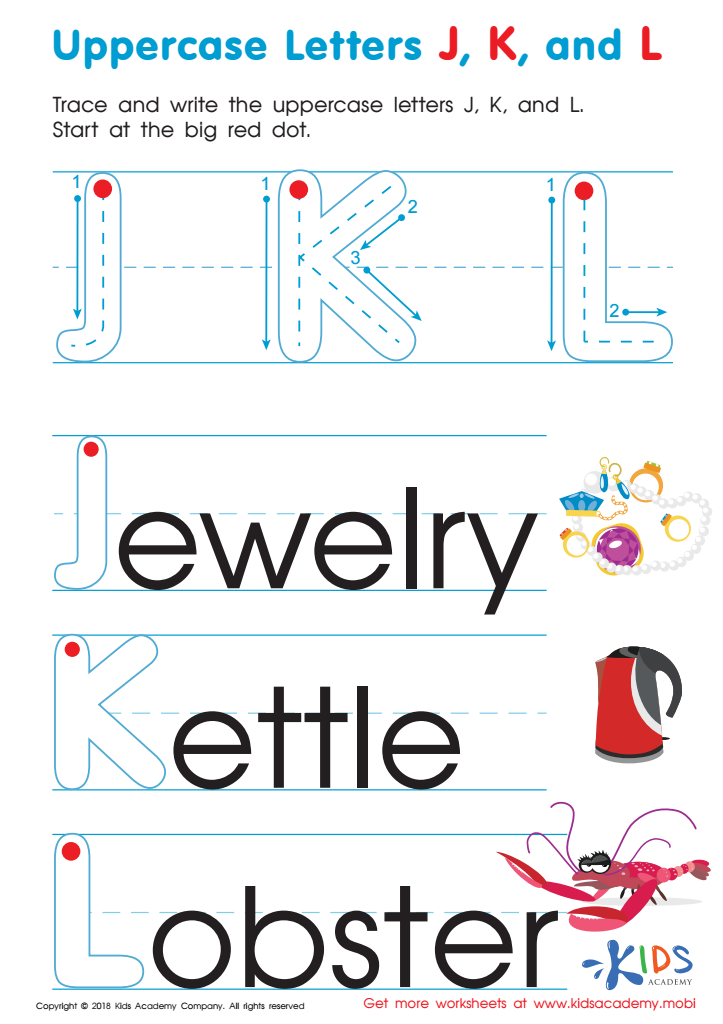

Uppercase Letters J, K, and L Worksheet


I Stands High Worksheet
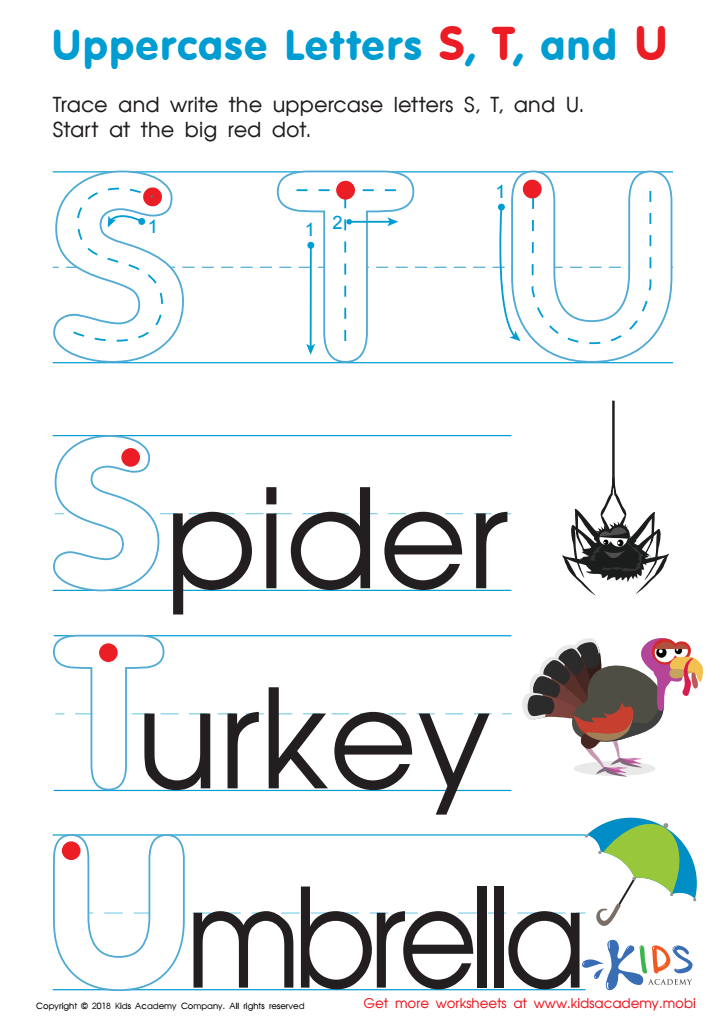

Uppercase Letters S, T, and U Worksheet
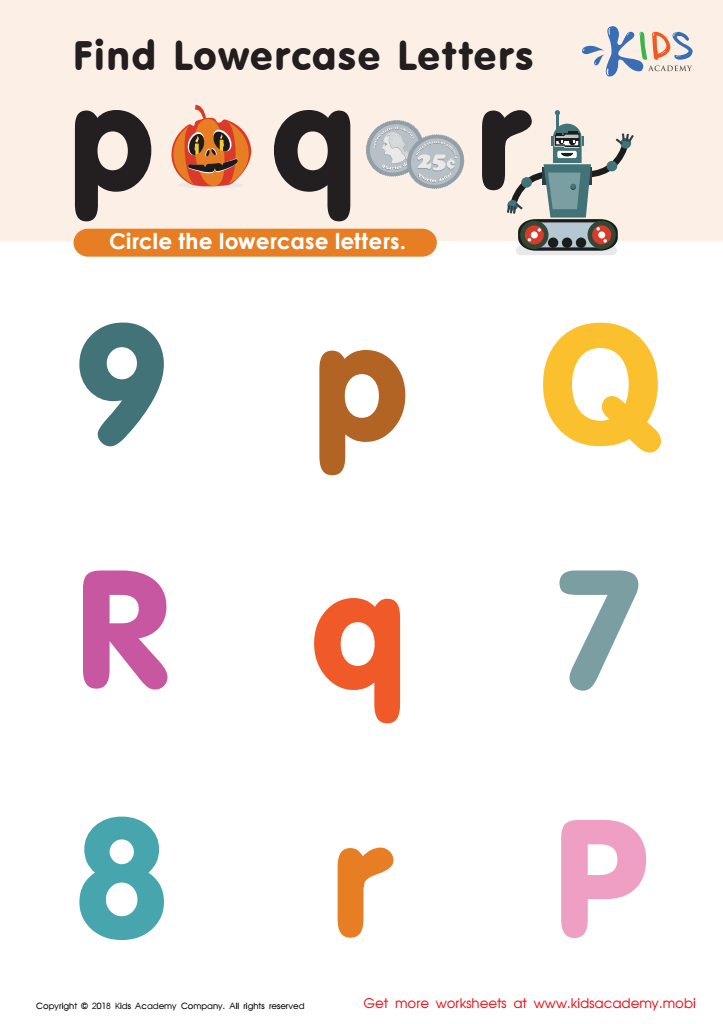

Find lowercase Letters p q r Worksheet
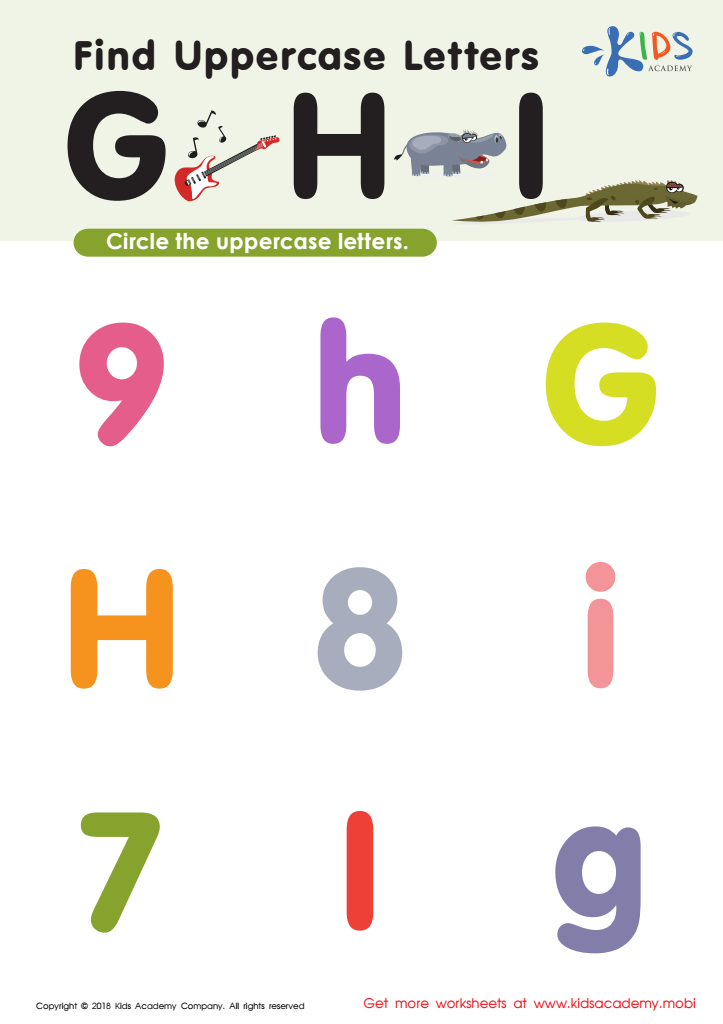

Find Uppercase Letters G, H, and I Worksheet
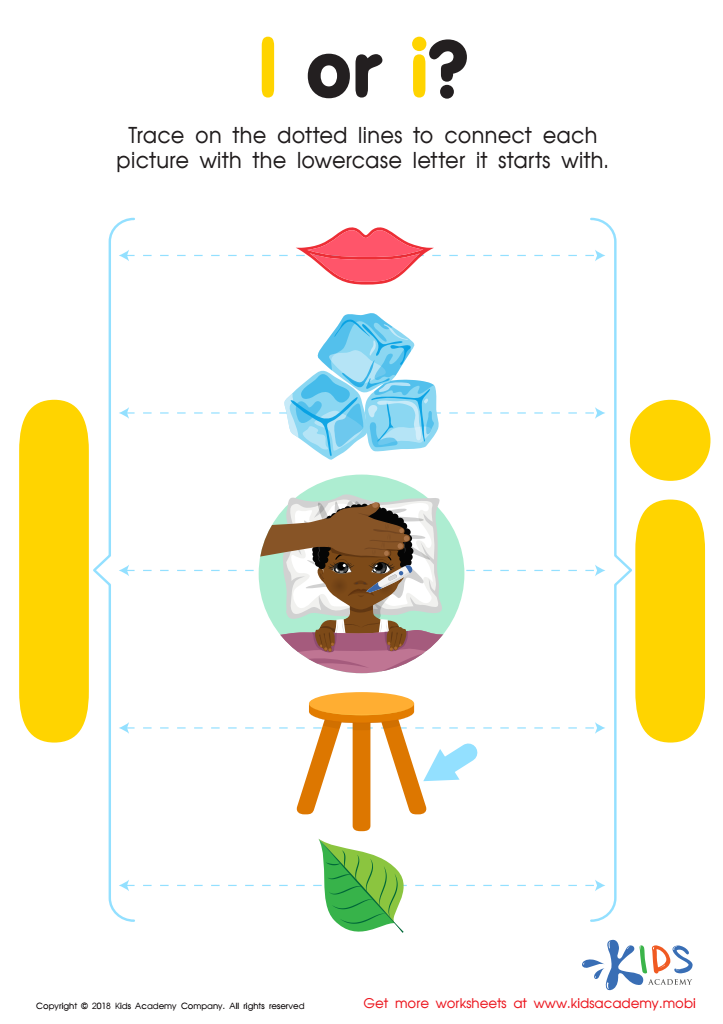

l or i? Worksheet
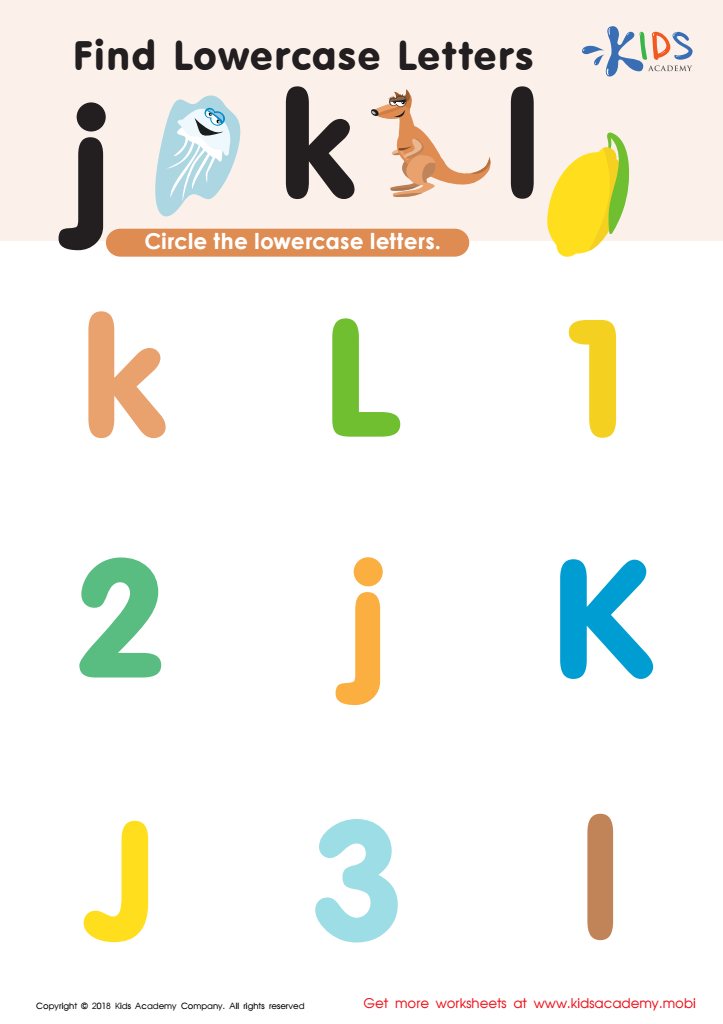

Find Lowercase Letters j k l Worksheet
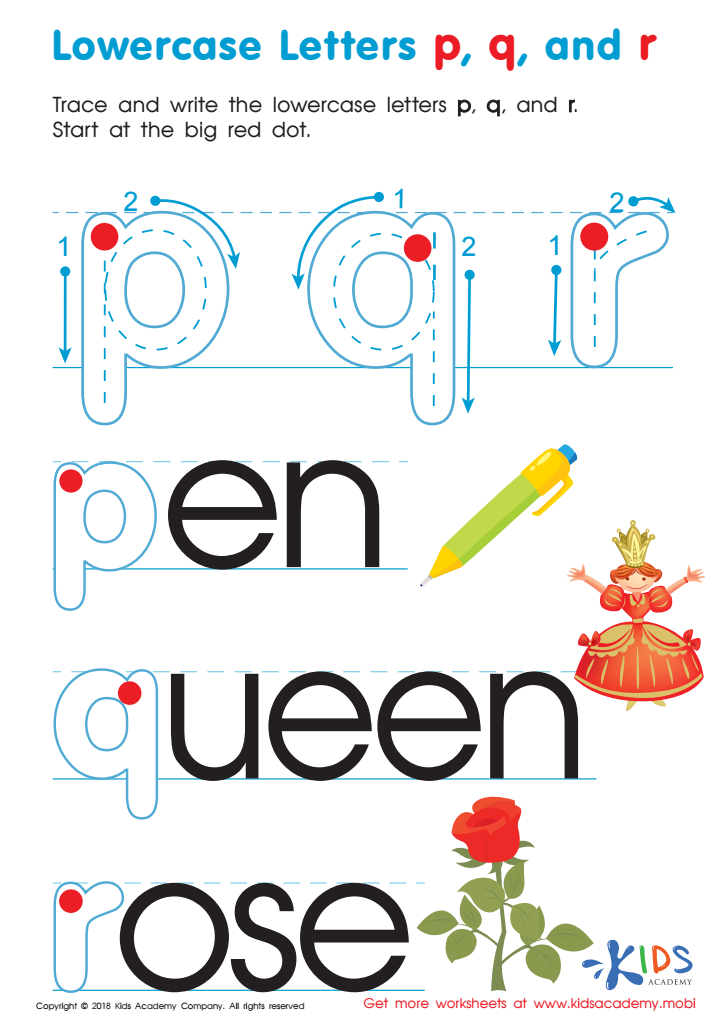

Lowercase Letters p q r Worksheet
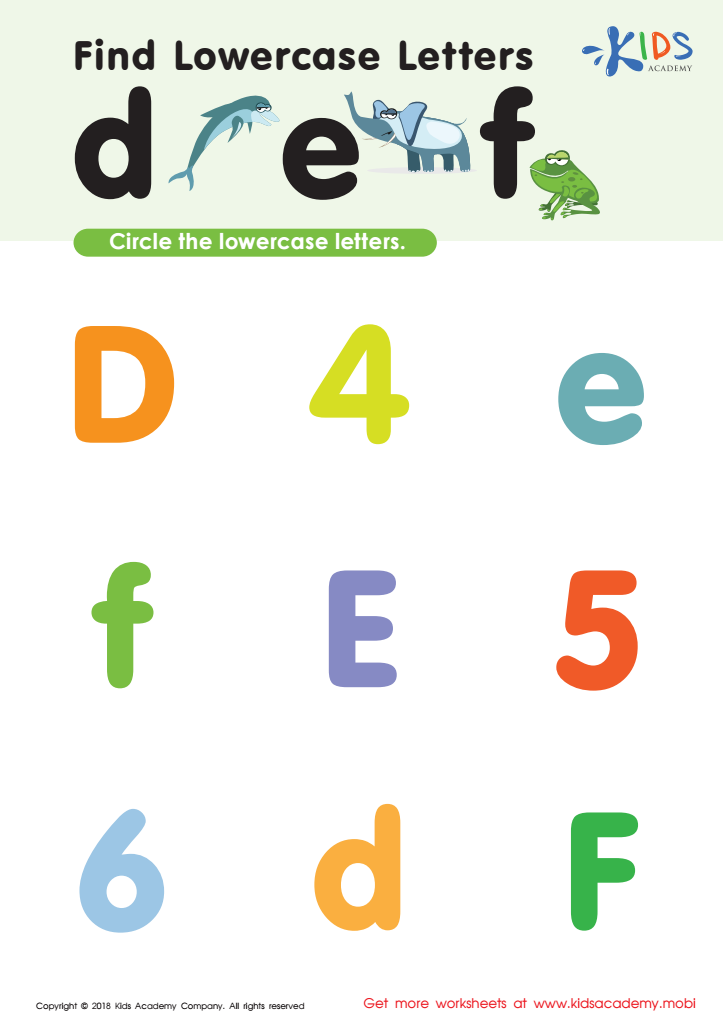

Find Lowercase Letters d e f Worksheet
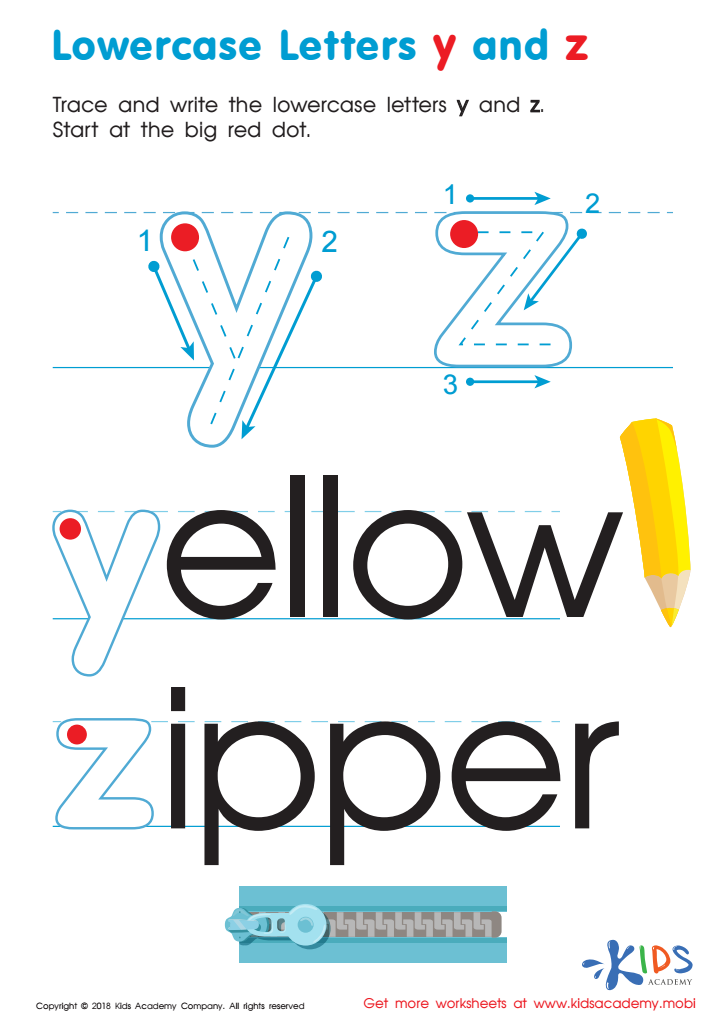

Lowercase Letters y z Worksheet


Uppercase Letters Maze Worksheet
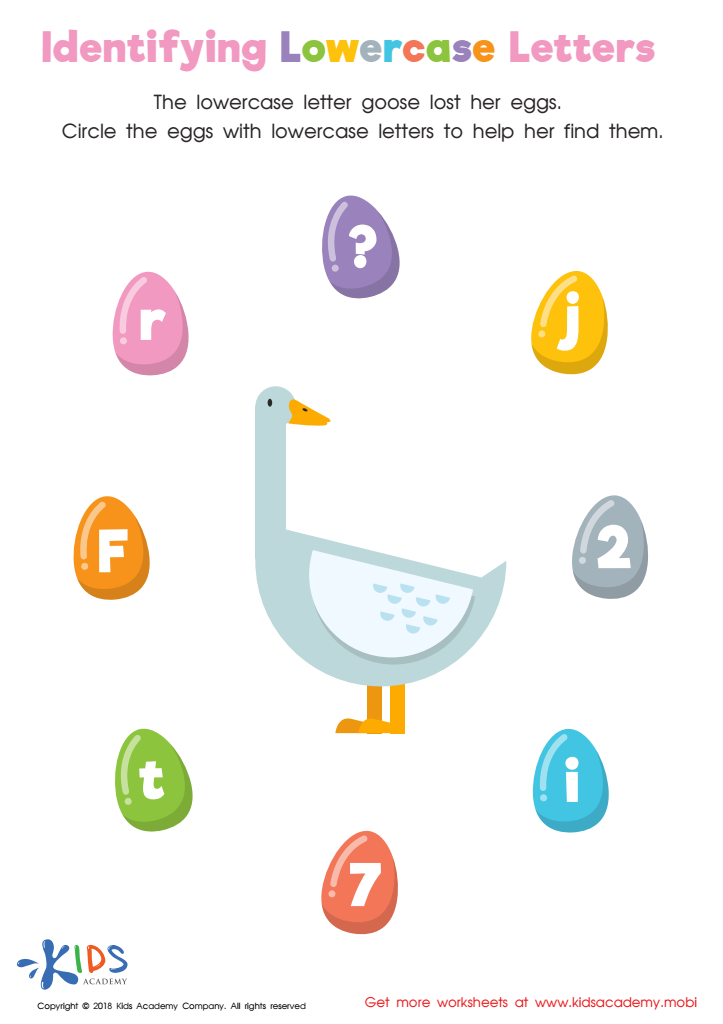

Identifying Lowercase Letters Worksheet


Find Uppercase Letters Worksheet


Find Uppercase Letters J, K, and L Worksheet
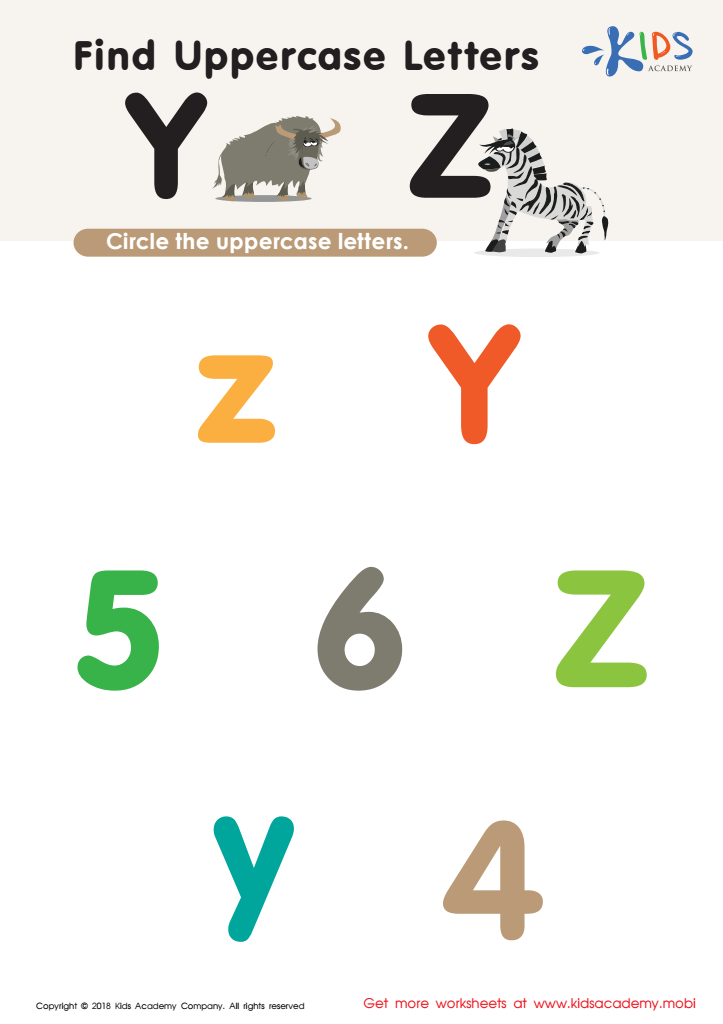

Find Uppercase Letters Y Z Worksheet
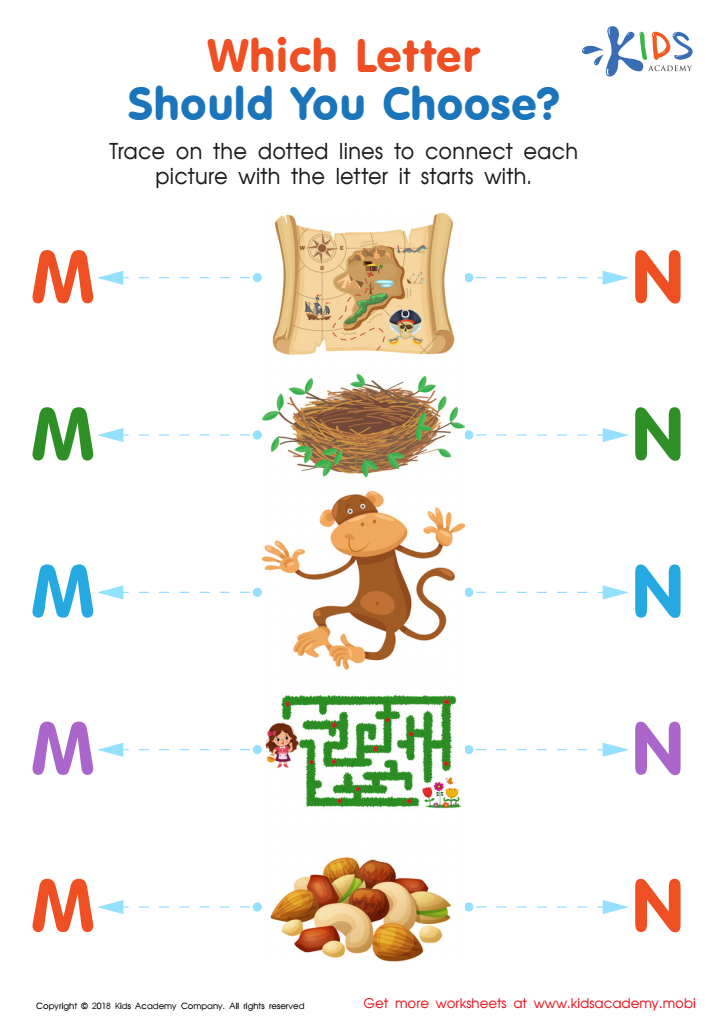

Which Letter Should you Choose? Worksheet
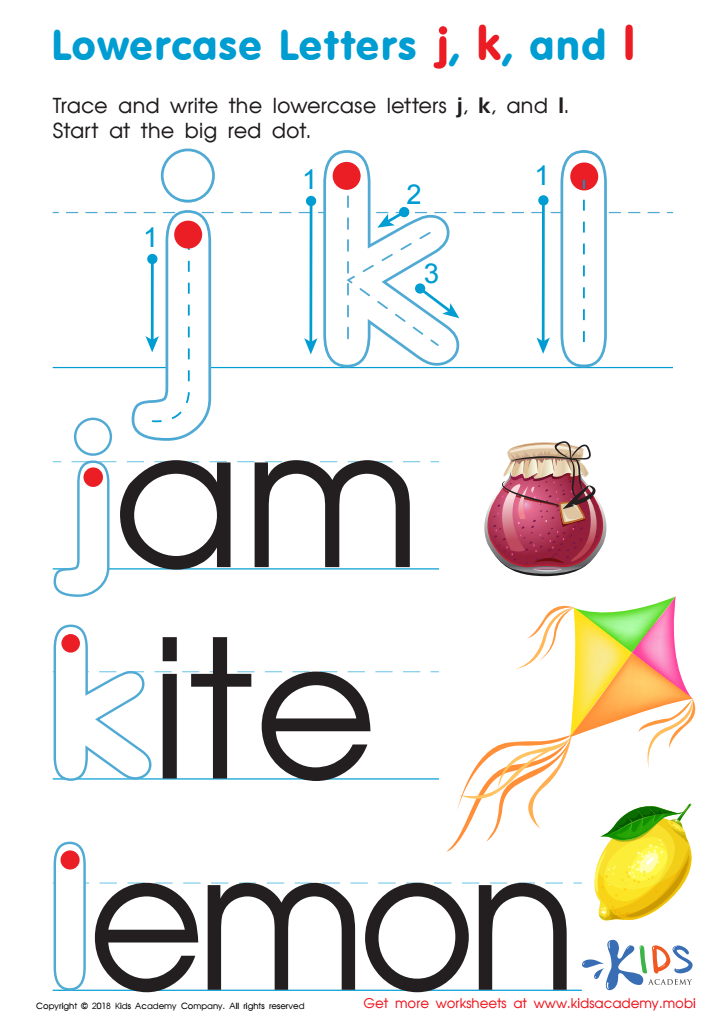

Lowercase Letters j k l Worksheet
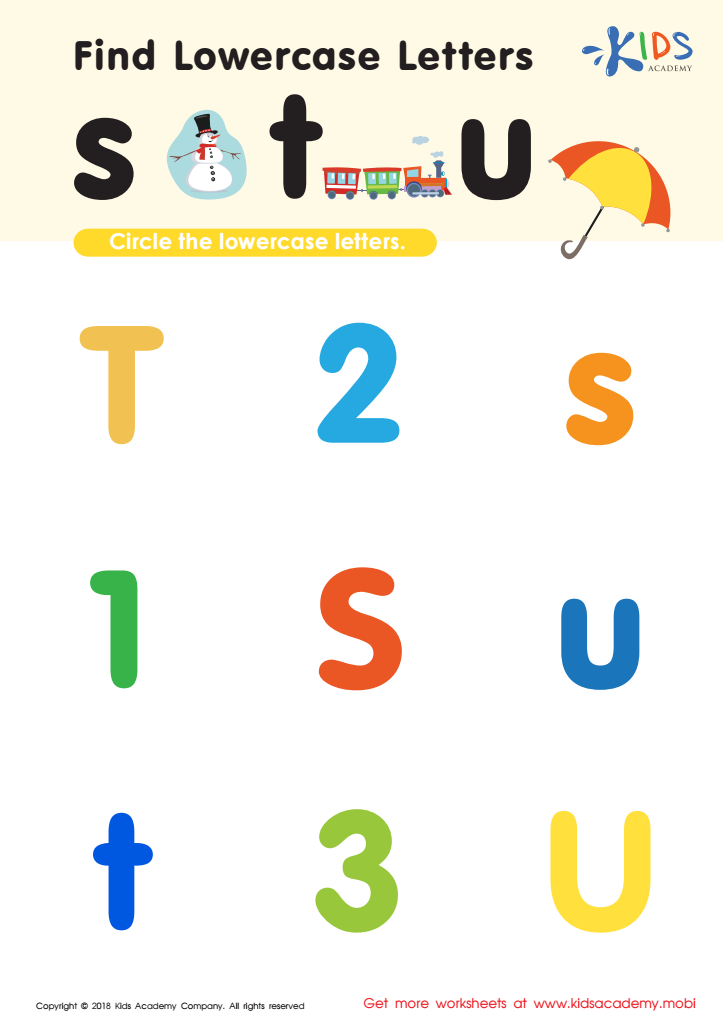

Find lowercase Letters s t u Worksheet
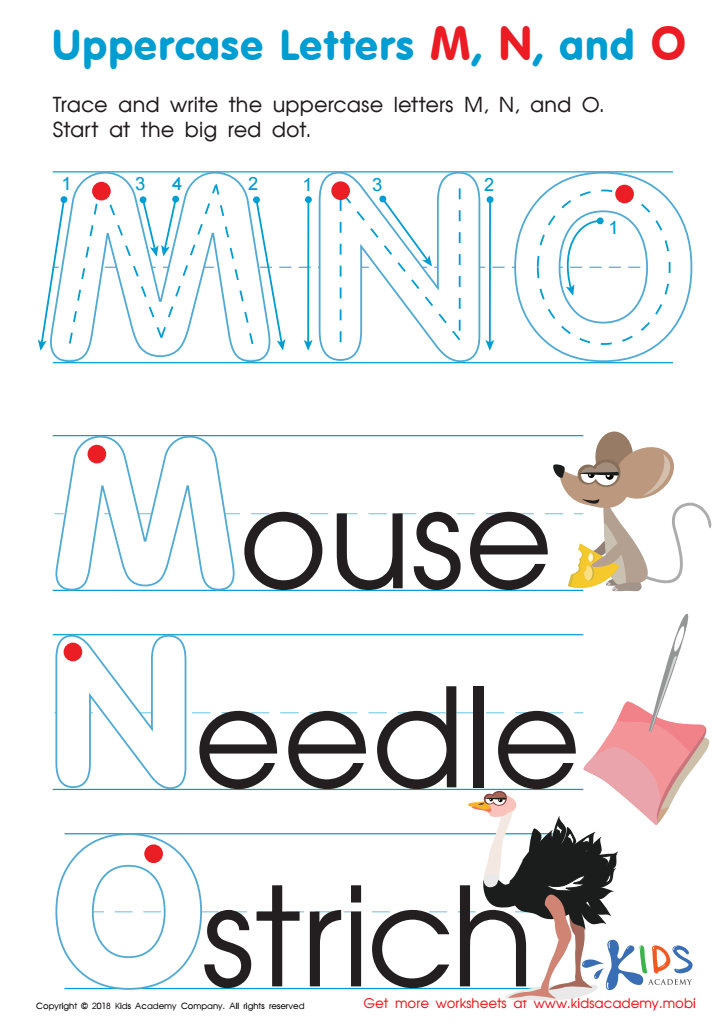

Uppercase Letters M, N, and O Worksheet
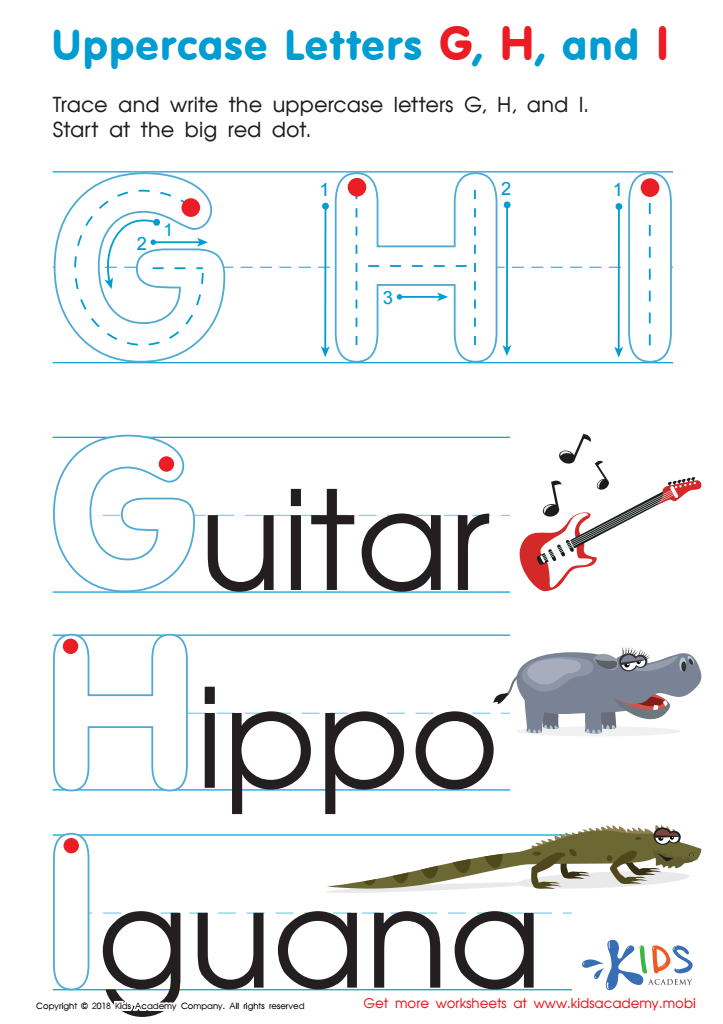

Uppercase Letters G, H, and I Worksheet
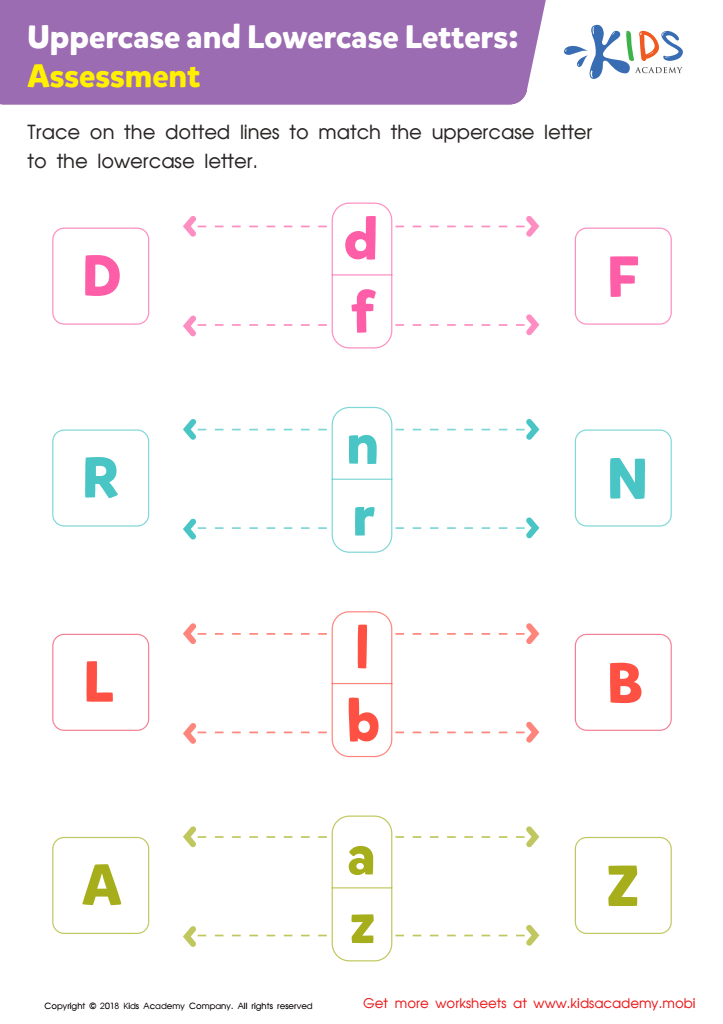

Uppercase and Lowercase Letters: Assessment Worksheet
Parents and teachers play a vital role in early childhood development, and understanding the importance of teaching both uppercase and lowercase letters for ages 3-8 is crucial. Children in this age group are in the formative stages of their literacy development, and learning the alphabet in its entirety builds a strong foundation for reading and writing skills.
Uppercase letters are typically easier for young children to recognize and write because of their uniform size and straight lines. They are often introduced first due to this simplicity. However, lowercase letters are more prevalent in written text, presenting the need for children to become familiar with them to read effectively. Mastery of both forms enhances a child's ability to identify words accurately and improve fluency.
Introducing both uppercase and lowercase letters also supports cognitive development. It enhances visual discrimination skills, as children learn to recognize and differentiate between letter forms. This ability is essential for reading comprehension and writing.
Furthermore, recognizing and writing both letter cases promotes fine motor development. Manipulating writing tools to create different letter shapes refines children's hand-eye coordination and dexterity. This groundwork is indispensable as they progress in their academic journey.
Overall, focusing on both uppercase and lowercase letters equips young learners with critical skills, fostering confident, capable readers and writers ready to engage with more complex texts in the future.
 Assign to My Students
Assign to My Students
